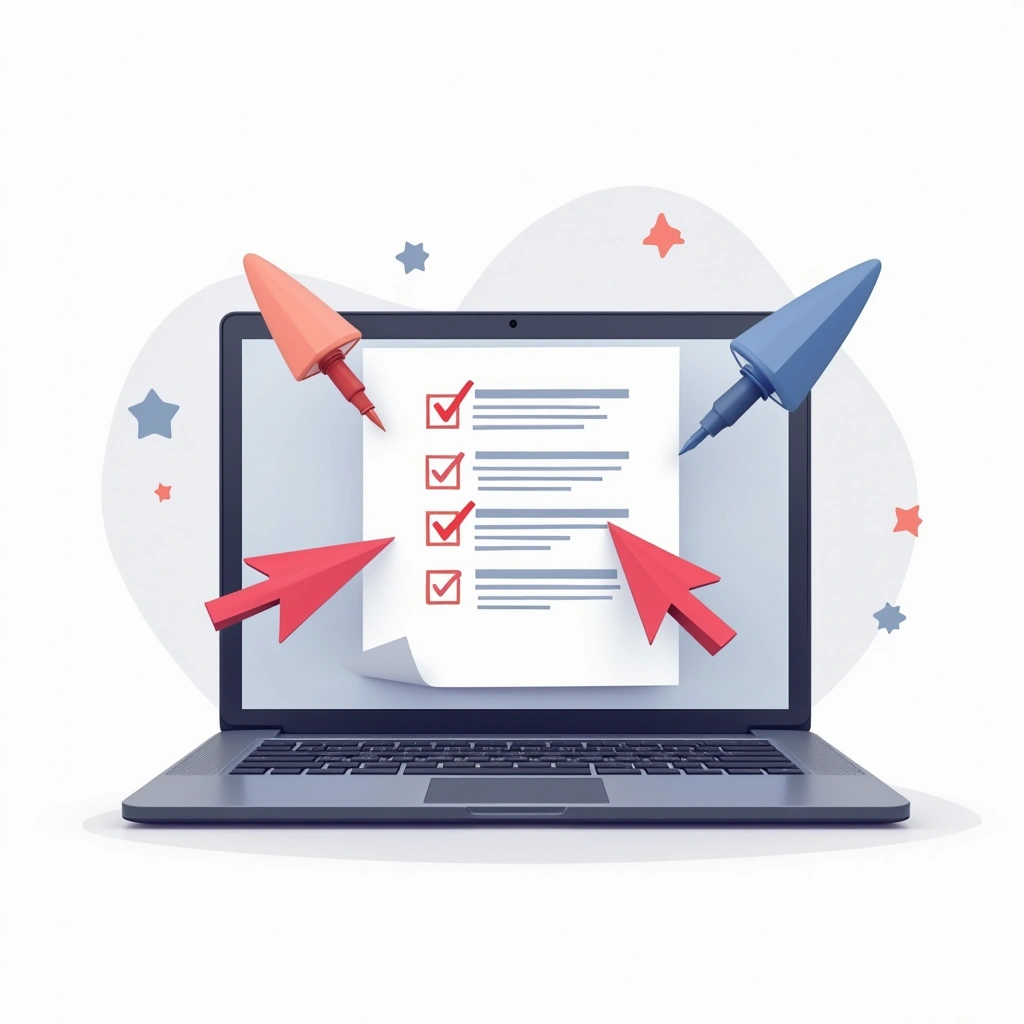
Collaborative Editing with Google Docs
Utilize cloud-based document editing for real-time collaboration, allowing multiple editors to refine scripts simultaneously. This approach streamlines the iterative process and incorporates diverse perspectives efficiently.

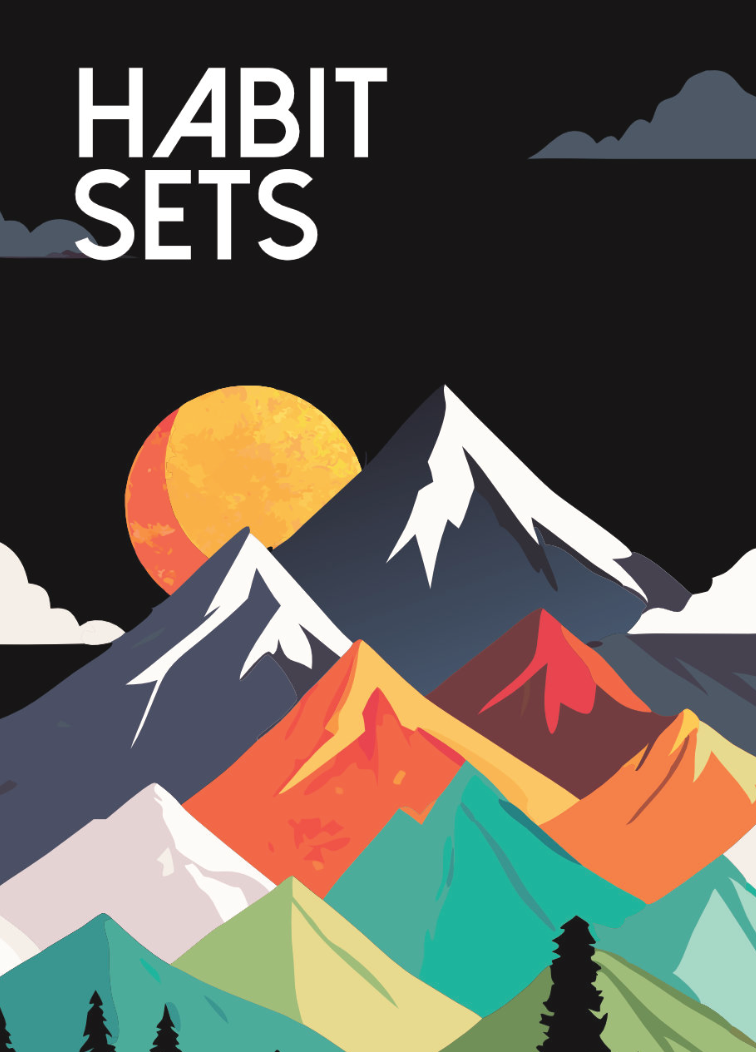
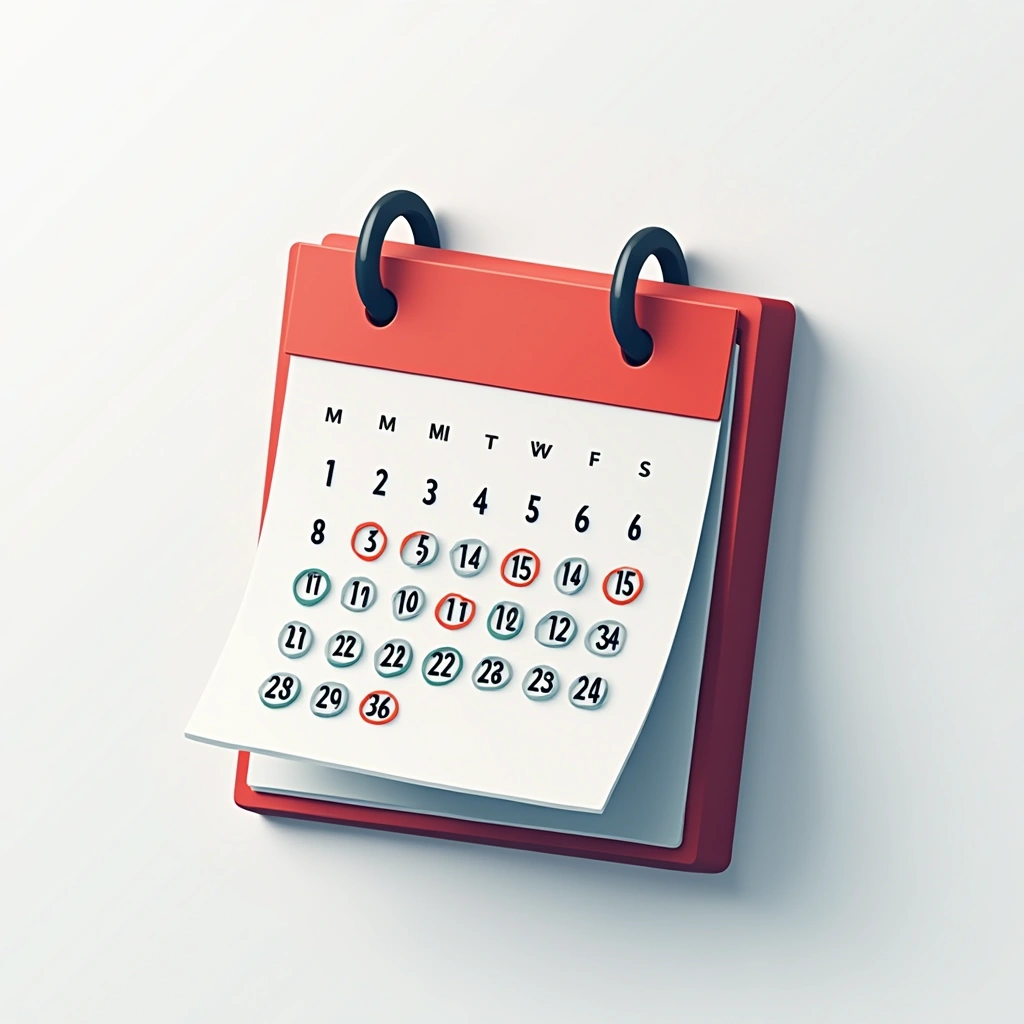
Setting Weekly Deadlines
Impose self-regulated deadlines to complete one story per week, fostering consistency and volume. This builds momentum and bridges the gap between creative ambition and execution.


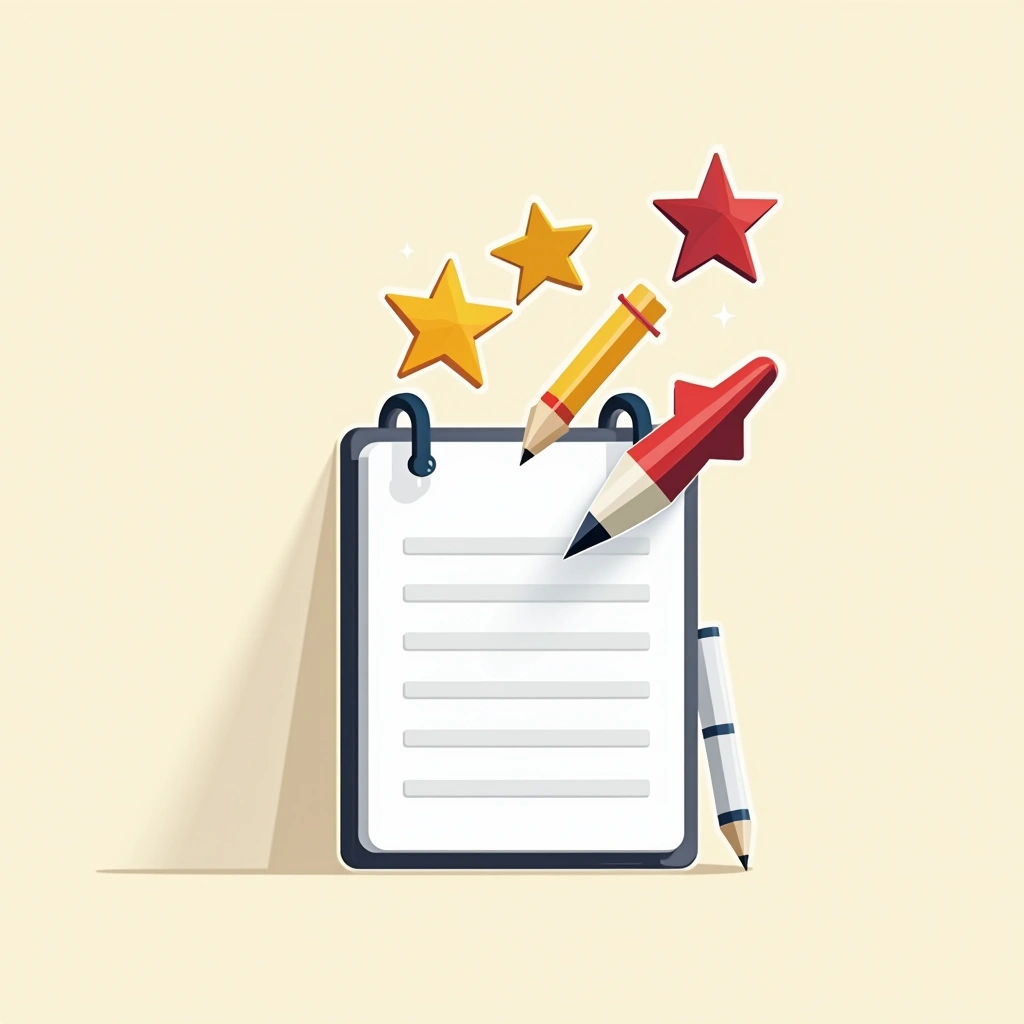
Jotting Key Interview Moments
Immediately document standout moments after interviews through handwritten notes or typed summaries. These highlights later form structural anchors for narratives.


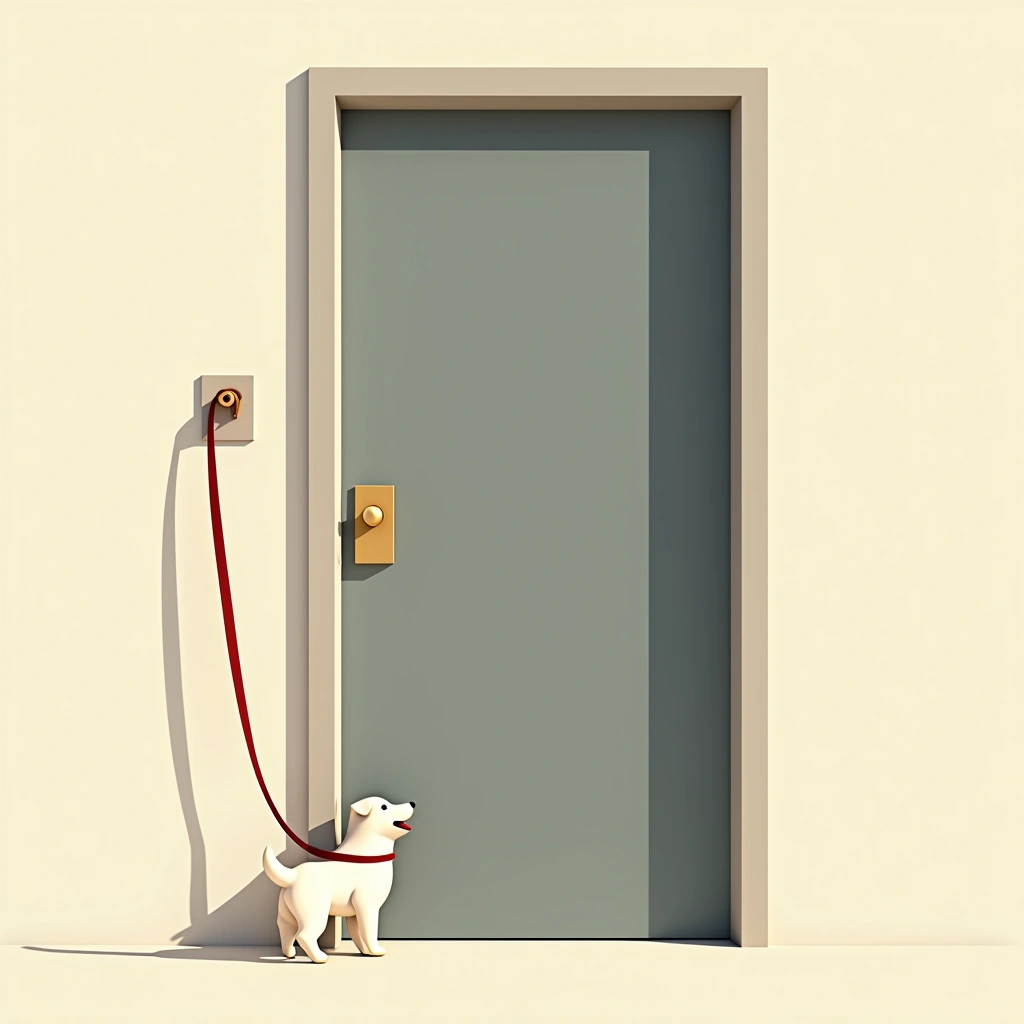
Walking the Dog Daily
Incorporate mandatory outdoor walks into daily routines, using pet care as both responsibility and creative reset. The physical movement aids problem-solving.


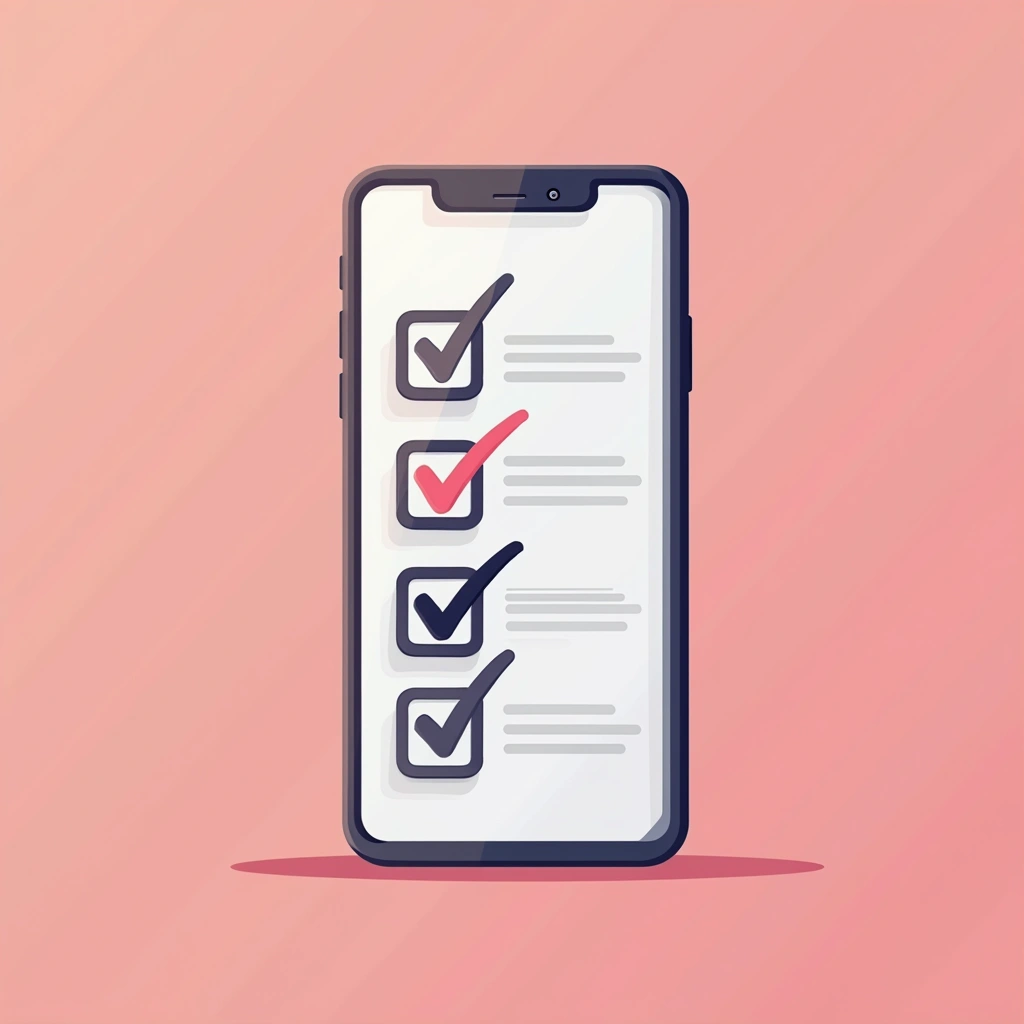
Using Todoist for Task Management
Maintain dynamic to-do lists with priority rankings and deadlines. Sync tasks across devices for accessibility during commutes or remote work.


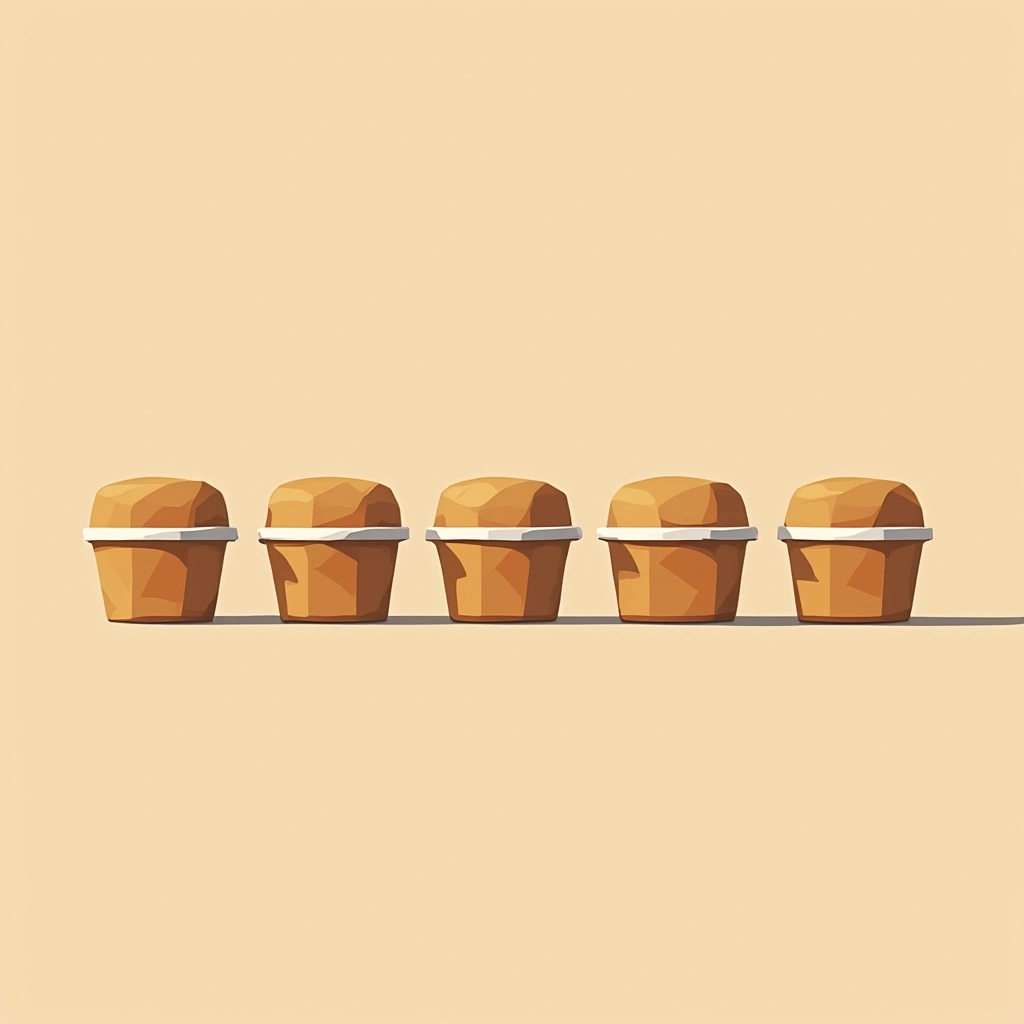
Same Meals Daily
Simplify food decisions through repetitive breakfast/lunch choices eaten at the desk. Eliminates decision fatigue around mundane tasks.



Working from Anywhere
Cultivate ability to write/edit in diverse environments - planes, diners, hotels. Redefine workspace fluidity to exploit unexpected productive moments.



Embracing Failure as Process
Normalize killing 75% of story ideas after development. Judge failures as necessary steps toward exceptional work rather than defeats.


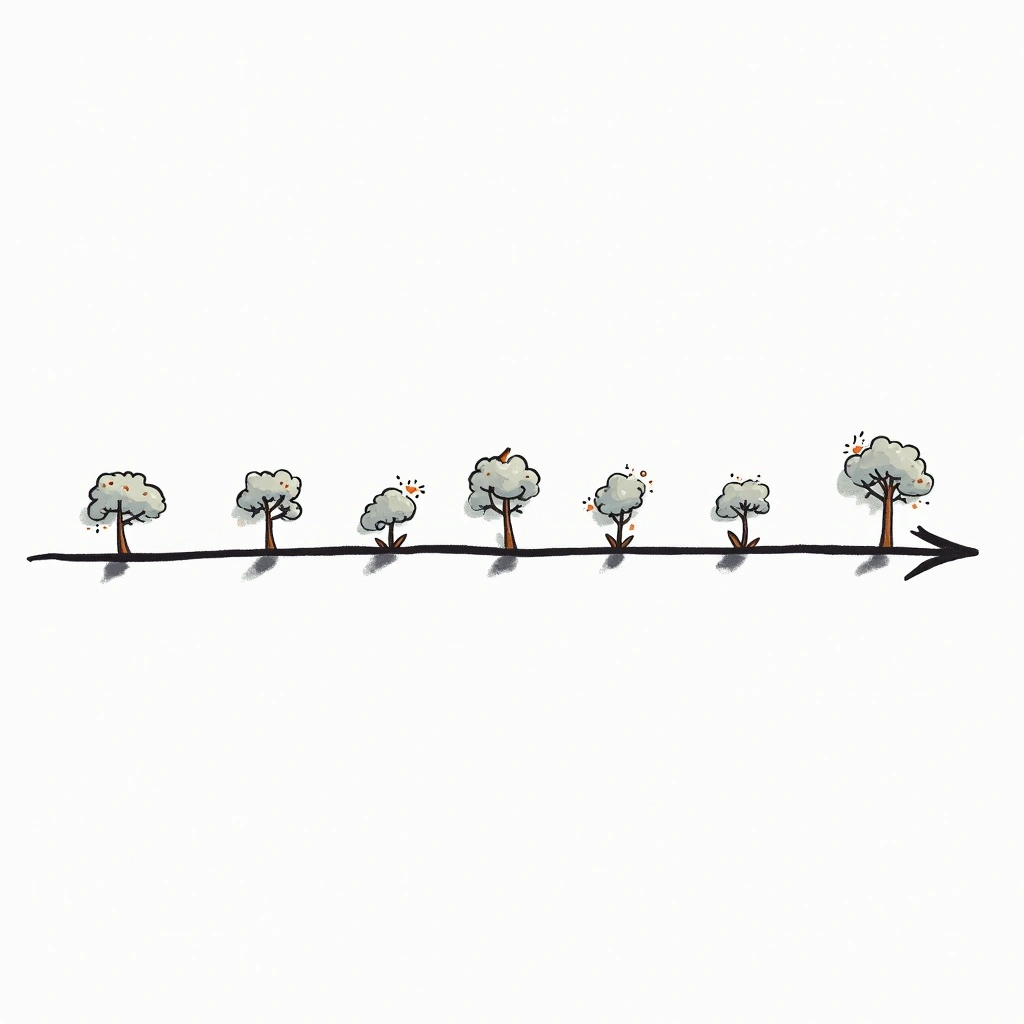
Structuring with Anecdotes
Build stories around chronological events before layering analysis. Use 'this happened then that happened' sequencing to hook listeners.


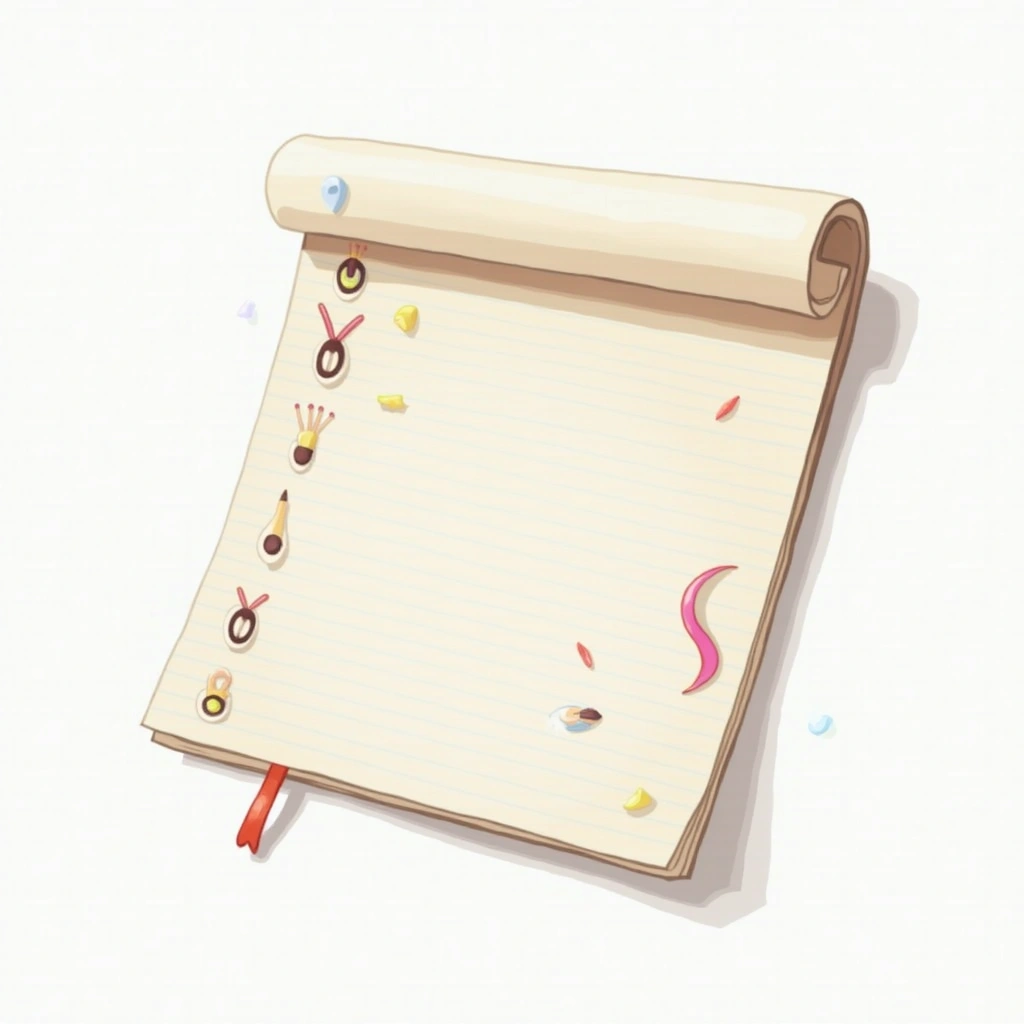
Iterative Script Rewriting
Revise scripts 5+ times with teams, reading aloud to test flow. Time each draft to meet broadcast constraints while preserving essence.



Seeking External Feedback
Share drafts with disinterested third parties for fresh perspectives. Compensate critics if necessary to guarantee candor.


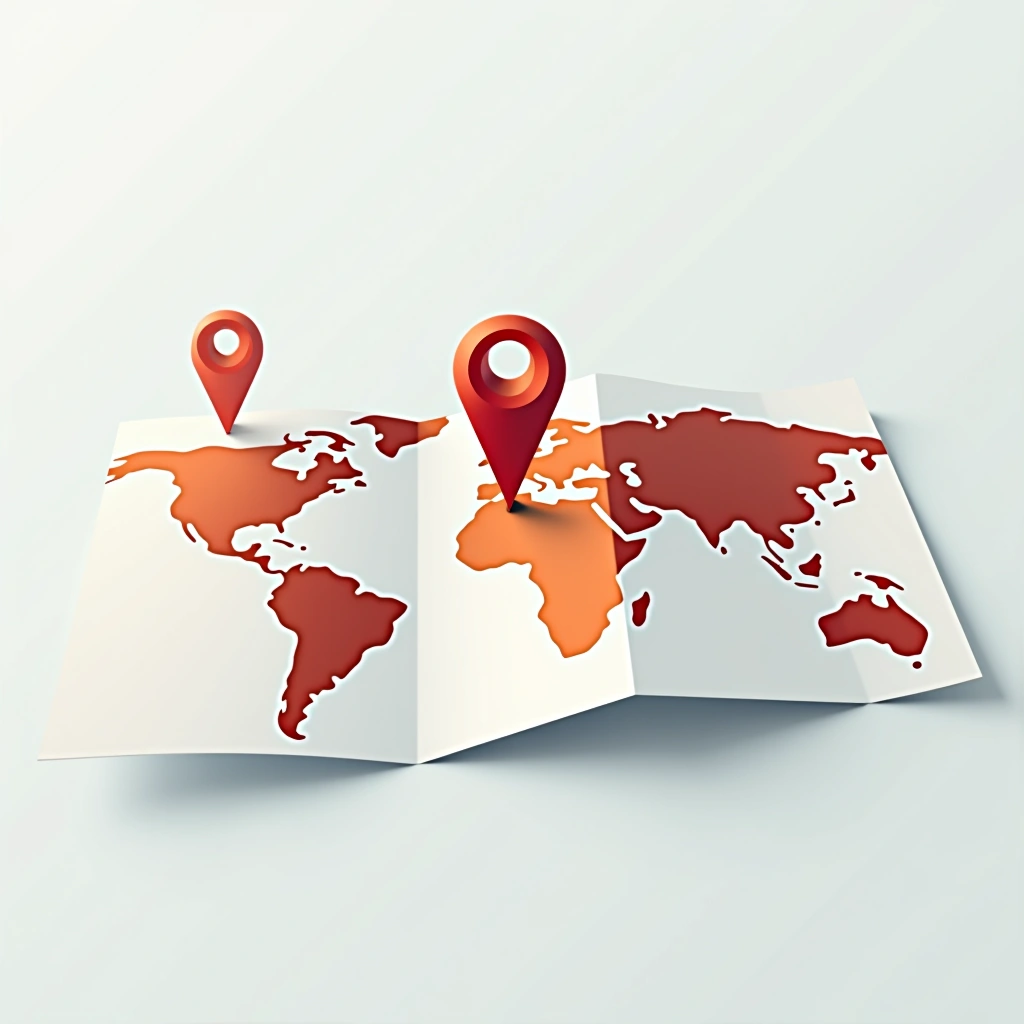
Living Near Workplace
Reside within walking distance of office to minimize commute time. Trade urban flexibility for proximity-based time recovery.



Balancing Tone
Alternate heavy investigative pieces with whimsical stories to prevent audience fatigue. Use humor as relief valve in serialized content.


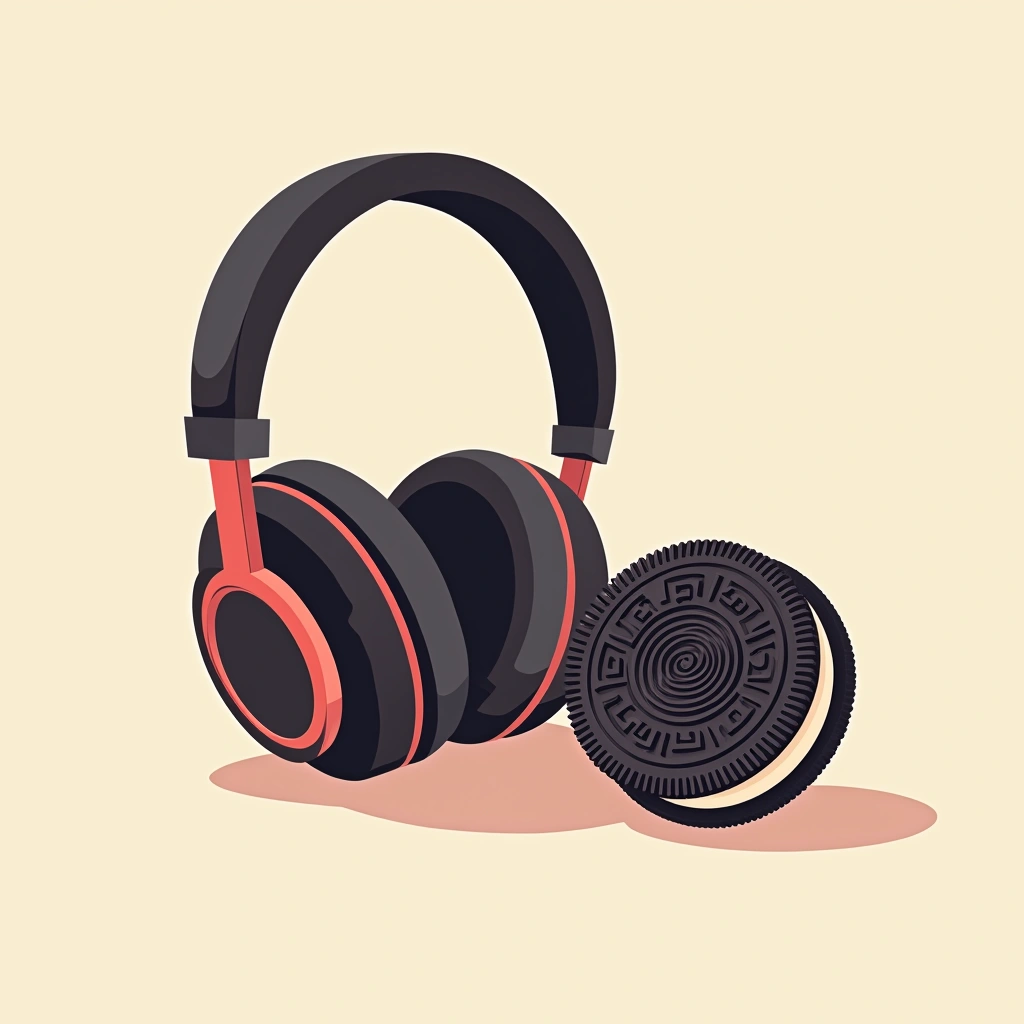
Learning from Early Mistakes
Revisit formative professional failures as teaching tools. Analyze where old approaches faltered to refine current methods.



Persisting Through Creative Gaps
Continue producing work despite quality/ambition mismatches. Trust repeated effort will eventually elevate output.



Prioritizing Sound Design
Use ambient noise and music swells to heighten emotional beats. Treat audio as active storytelling element beyond mere narration.


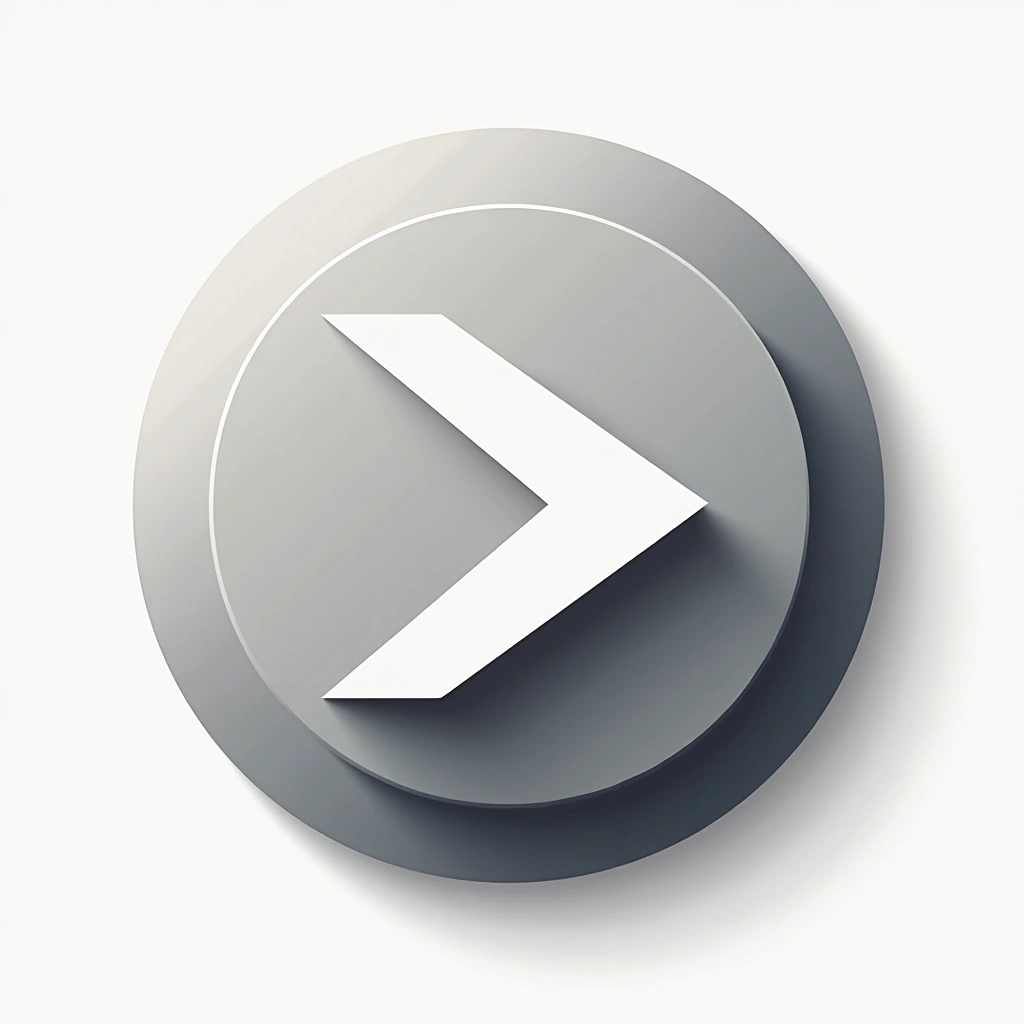
Consuming Media at Double Speed
Listen to podcasts/audiobooks at 2x velocity to absorb more content. Train comprehension to accommodate accelerated playback.


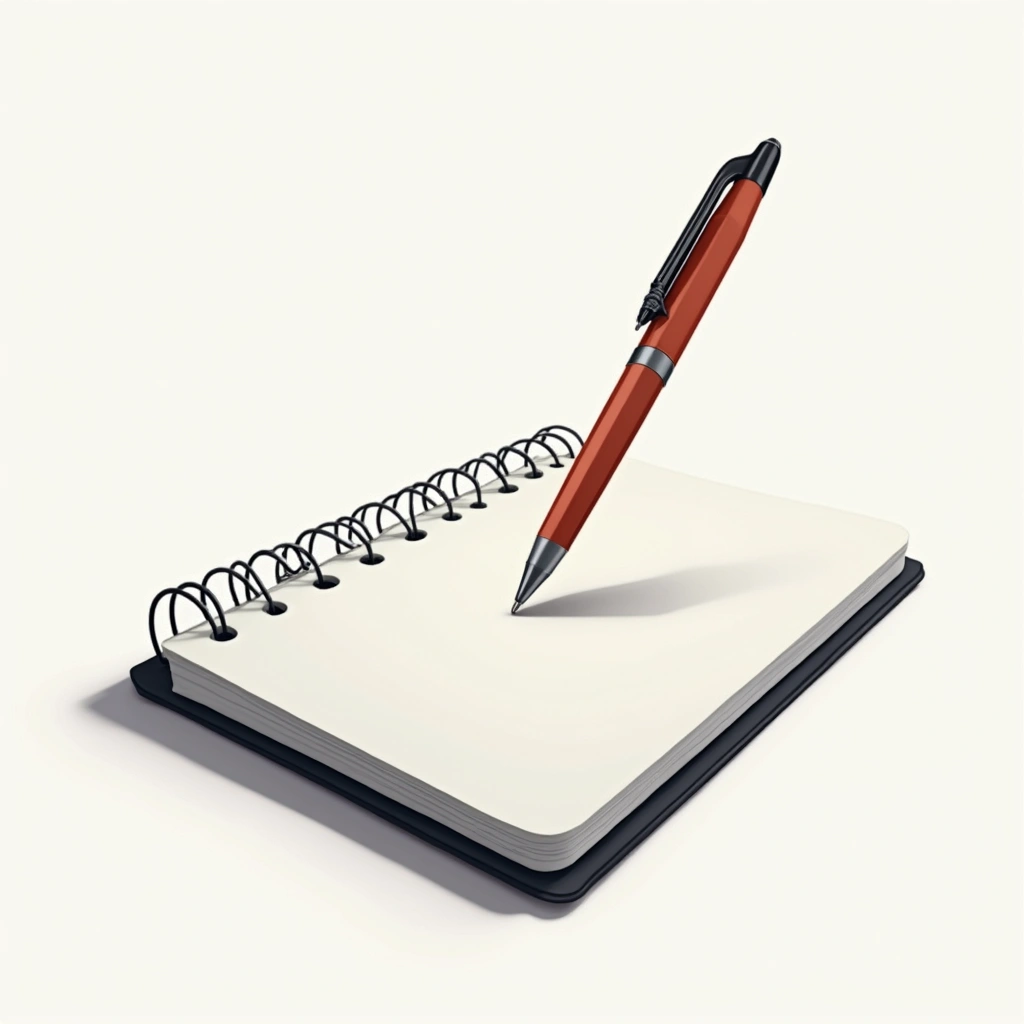
Using Muji Notebooks
Take revision notes in minimalist notebooks with specific pens. Curate tactile tools to make editing sessions more pleasurable.


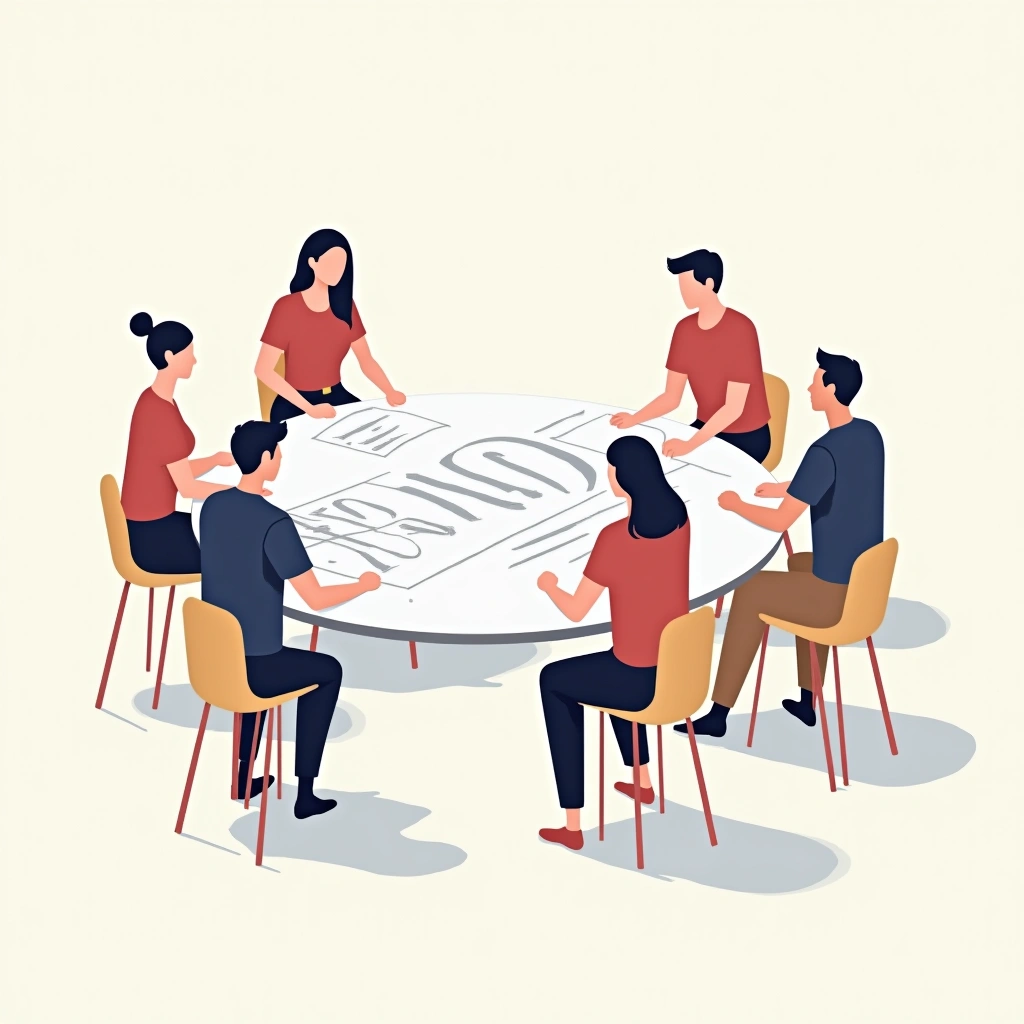
Collaborative Editing Sessions
Gather teams to read scripts aloud, timing segments and debating changes. Make editing social rather than solitary work.


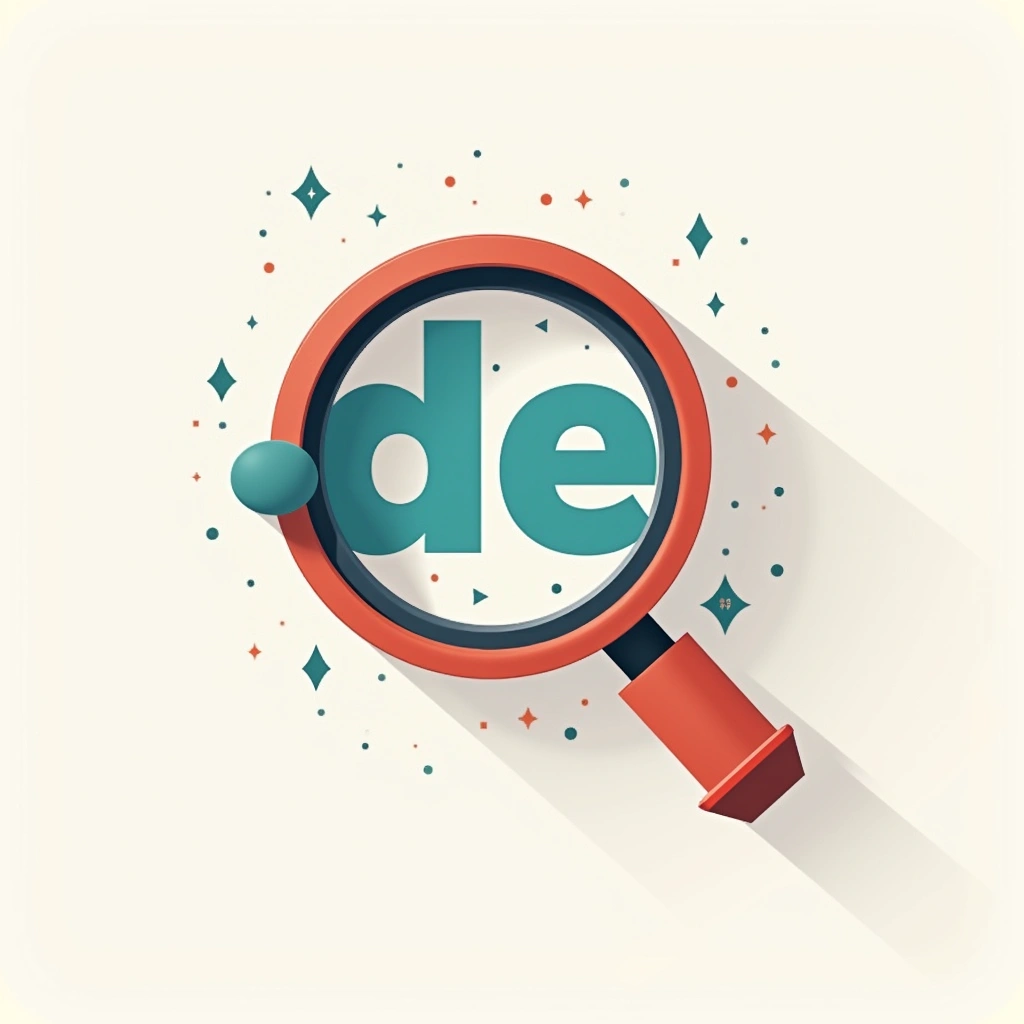
Obsessing Over Topics
Dive deep into niche subjects that spark curiosity, regardless of perceived broad appeal. Trust obsession begets compelling stories.

